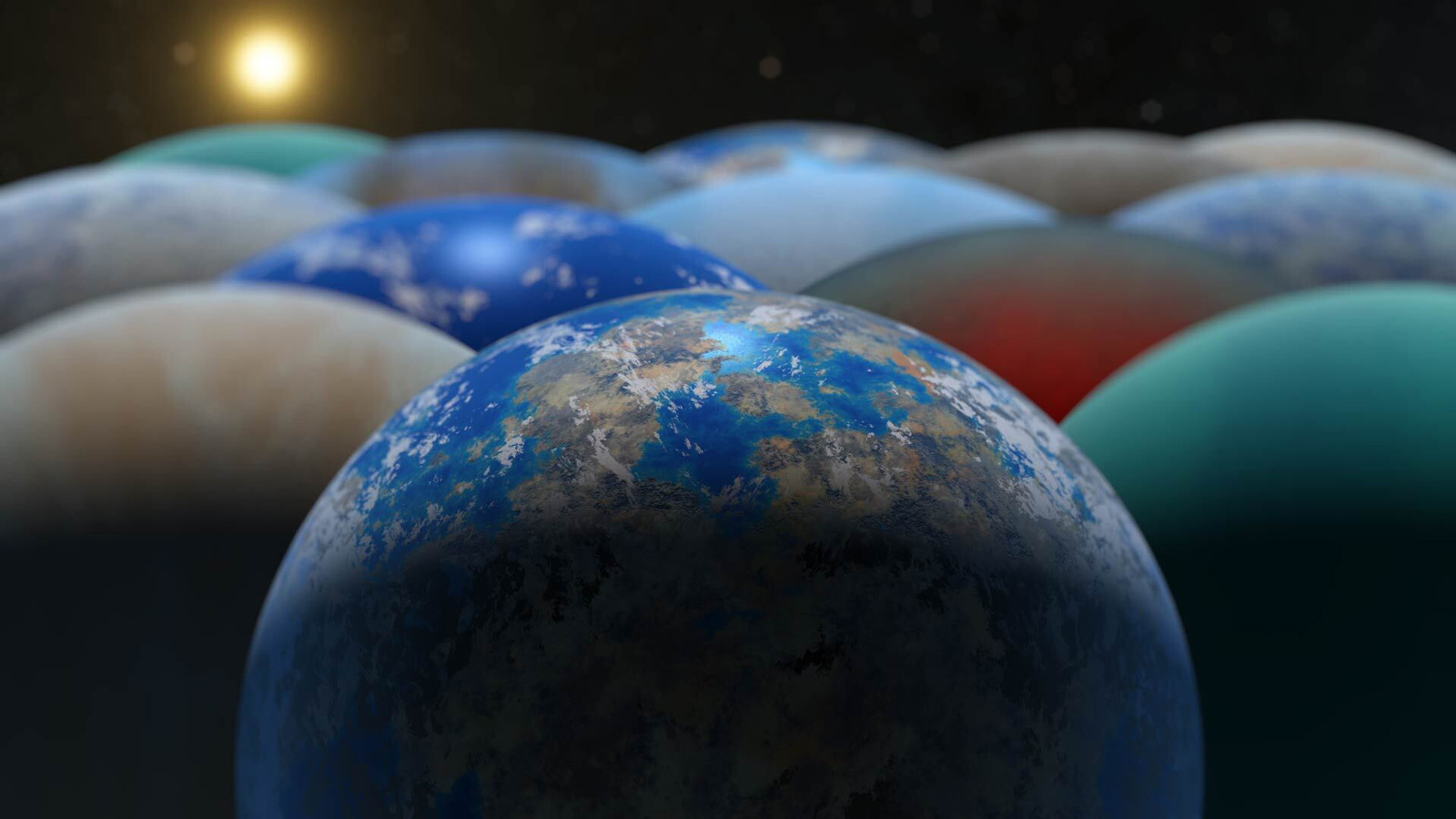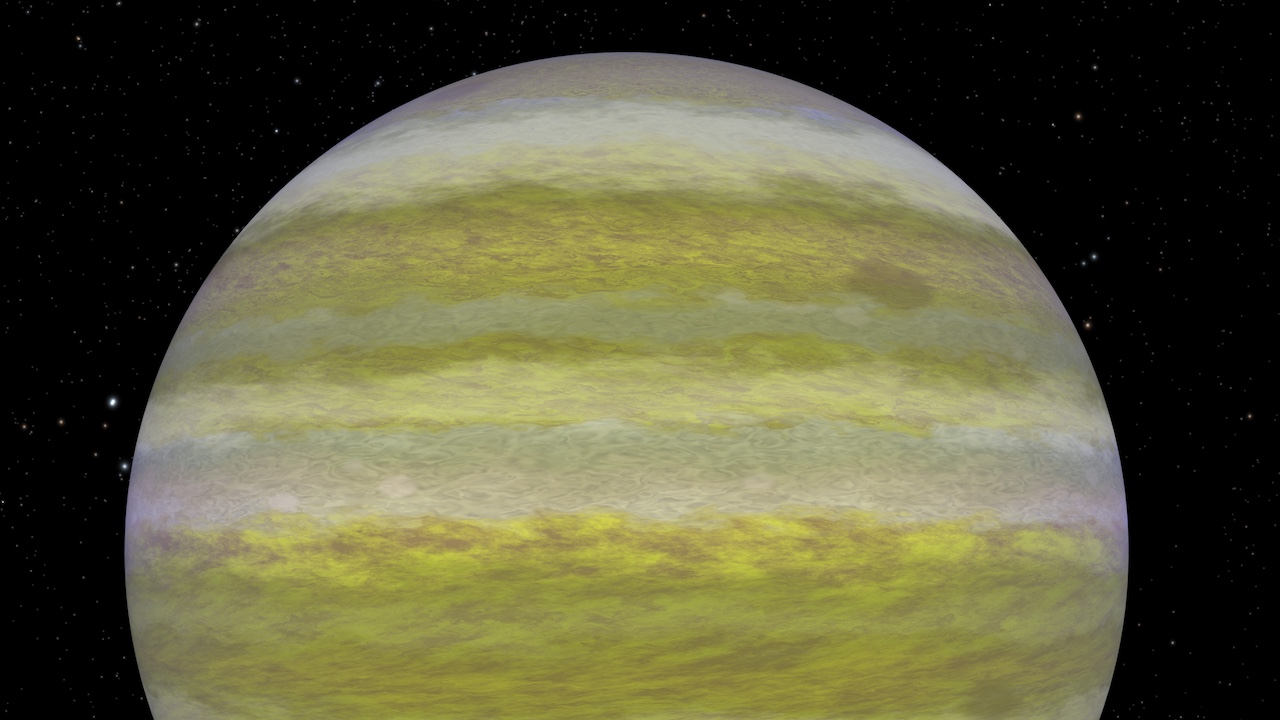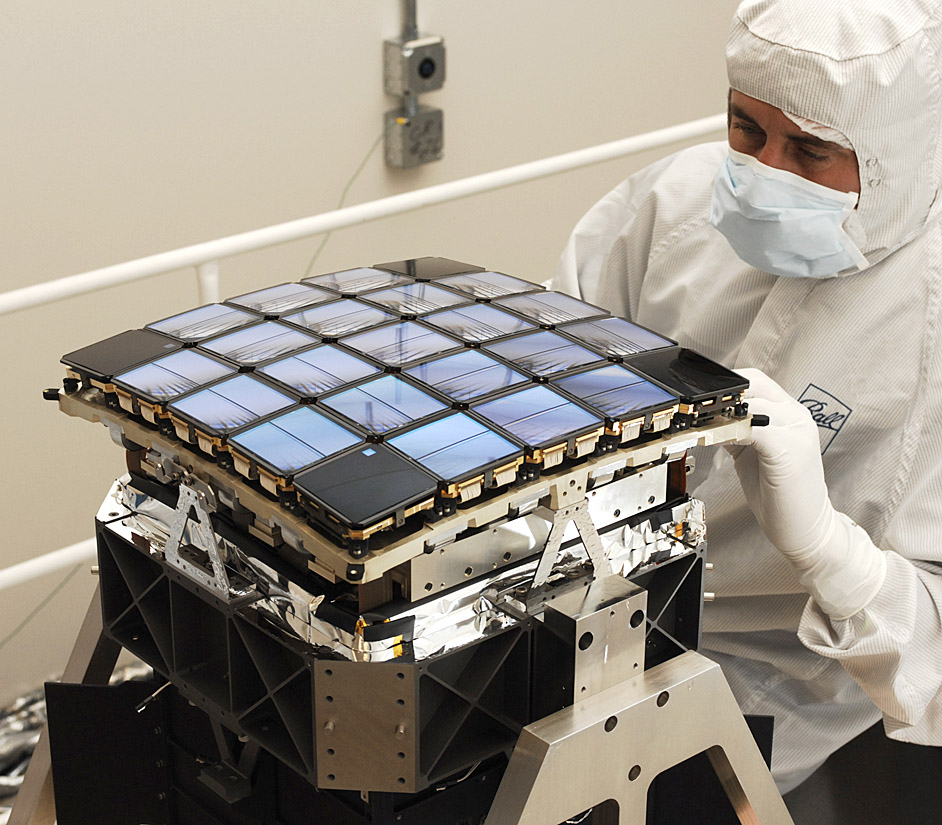4 min read

The Discovery: An international team of astronomers confirms 60 new exoplanets, or planets orbiting other stars; a separate study finds tentative evidence of an “exomoon.”
Key facts: Data from NASA’s now-retired Kepler Space Telescope reveals an eclectic assortment of new planets and planetary systems that promises to deepen understanding of how exoplanets form. Some of the newly-discovered planets might make tempting targets for the James Webb Space Telescope, now being fine-tuned for its first observations this summer. The Webb telescope is expected to search for signs of atmospheres around some exoplanets, and potentially determine some of the gases and molecules present. This raft of new planets also helped push NASA’s tally of confirmed exoplanets past the 5,000 mark in March 2022.
Details: The study highlights several standouts in the new planetary menagerie:
- A “sub-Saturn” – a gaseous planet a bit smaller than our own Saturn – named K2-399 b is the hottest of the newly confirmed group. It orbits its star so tightly that a “year” on this world, once around its star, takes less than a day. That pushes the planet’s estimated temperature to more than 4,500 degrees Fahrenheit (2,500 Celsius). The coolest of the new planets is another sub-Saturn, K2-387 b, with an estimated temperature of 152 degrees Fahrenheit (67 Celsius).
- K2 384, a new system of five planets ranging from around the size of Earth to “mini-Neptune” sized, in some ways resembles the now-famous TRAPPIST-1 system – seven Earth-sized planets orbiting a red-dwarf star. The new planets also orbit a red dwarf, although unlike TRAPPIST-1, their estimated temperatures likely would make them too hot to be habitable. Still, like TRAPPIST-1, this system could be a prime candidate for investigation of planetary atmospheres. As planets c, d and e cross the face of their star, light shining from the star and through their atmospheres could be captured by Webb or other space telescopes to come, allowing scientists to read the “fingerprints” of atmospheric molecules.
- Planet K2-408, called a “super-Earth” because it might be a rocky world larger than our own, is of keen interest to astronomers for what it potentially doesn’t have. About 1.7 times as big around as Earth, this planet orbits a star similar to our Sun save for one crucial difference: it is extremely “metal poor,” or lacking in heavier elements. It is, in fact, the second most metal-poor star found to have a planet around it. So does that mean this super-Earth is less dense than similar planets around metal-rich stars? That could have implications for our understanding of formation of other planets across the galaxy. Think of the galaxy as a big pancake. Stars born farther from the middle of this “galactic plane” tend to be poorer in metals – likely because the amount of available metals increases with succeeding generations of stars, with metal-poor stars being born at an earlier time. Tracing the evolution of planets, and differences in their composition in different parts of the galaxy, could provide insight into where to look for specific types – including the most likely regions for potentially habitable worlds.
Fun facts: The Kepler Space Telescope, deactivated in 2018 after running out of fuel, continues to yield new exoplanet discoveries.
Data from Kepler’s nine years of observations is still being analyzed by scientific teams around the world. The latest crop of 60 planets comes from Kepler’s second mission, called K2. Despite more limited observations due to mechanical issues, the K2 campaign found nearly 500 new planets and more than 1,000 candidate exoplanets.
Combing through Kepler data also revealed another potentially significant find: a possible exomoon. Planets around other stars are expected to have moons, just as planets in our solar system do, but gathering clear evidence of exomoons is a difficult business. Their typically small size and immense distance make them far harder to detect than exoplanets. The new possible exomoon, Kepler-1708 b-i, would be very large for a moon, about 2.6 times as big around as Earth. It would be orbiting a confirmed Jupiter-sized planet, itself in orbit around a Sun-like star more than 5,400 light-years away from Earth. It’s the second “unexpectedly large” exomoon candidate identified by astronomers; the first, Kepler-1625 b-i, was revealed in 2018 – a possible Uranus-sized moon also orbiting a Jupiter-sized planet. Despite data hinting at these exomoons’ presence, scientists involved in both discoveries say they will require more observations before they can be considered validated.
The discoverers: The international science team that confirmed 60 new planets was led by Jessie Christiansen, science lead for NASA’s Exoplanet Archive and a research scientist with the NASA Exoplanet Science Institute at Caltech in Pasadena. Christiansen also was a co-author of the study announcing the possible detection of a new exomoon candidate.







